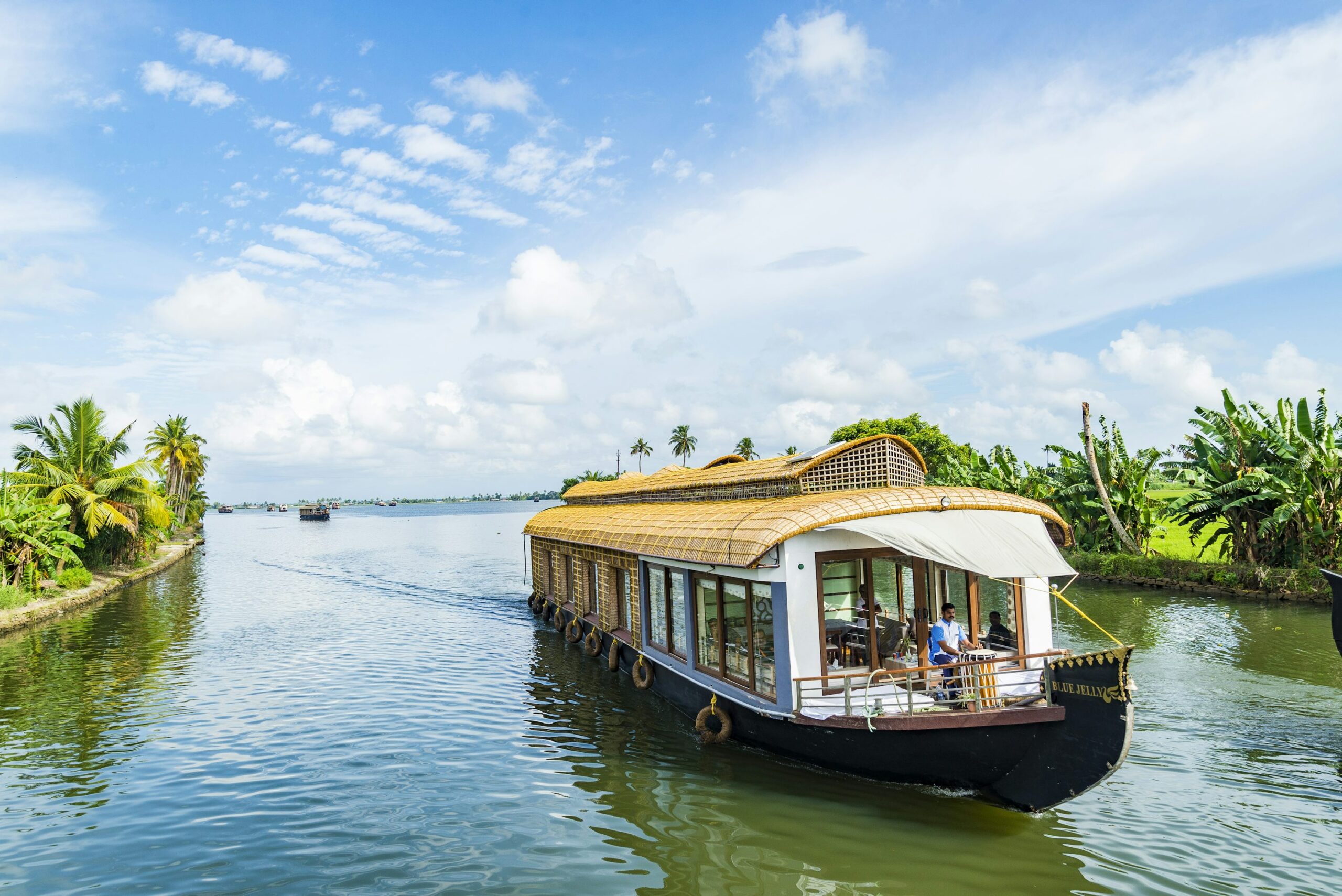Explore the World Heritage Cities: Be amazed from the wonders that they offer
February 21, 2025
 Explore the World Heritage Cities: Be amazed from the wonders that they offer.
Explore the World Heritage Cities: Be amazed from the wonders that they offer.
Have you ever asked yourself why certain cities are more famous than others? These cities are not just places to visit, they are World Heritage Cities – landmarks to be preserved by all for future generations. They possess immense significance because such cities encapsulate history, culture, and nature in a singular place.
Table of Contents
What Is A World Heritage City?
A pristine example of such heritage cities is Rome, which was selected by UNESCO for its outstanding universal value. Legacy makes these cities important and is not confined to people of a particular region. Instead, these cities have cultural value which makes them belong to the world.
The UNESCO Rules
UNESCO has constructed a list of requirements that helps them decide if a city is a World Heritage Site. One of the rules claims that “A city should contain a masterwork of human creativity.” This well-defined criterion is certainly matched by Italy’s beautiful architecture in the city of Rome. Other example for this criterion, involves an important interchange of values like the canals of Venice, serve as a cultural importance to the world.
The Nomination Process
Not just any place can be inscribed onto the World Heritage List. There is a detailed process that involves preparing a nomination. A city has to demonstrate what makes it special. Nevertheless, everything is verified by UNESCO experts. They scrutinize the history, culture, and the level of preservation of the city. This process ensures that
Famous World Heritage Cities Throughout The World;

Various cities worldwide have earned the World Heritage status. Every city has something that made them famous, something that made history. Rome, Italy. A Living Museum Rome feels like walking through a story. The Colosseum’s ancient ruins are breathtaking. Also, .The Vatican City which is the heart of the Catholic Church lies in Rome. The city has been extremely influential in Western civilization. You can feel it in its art, architecture, and way of living in France. Kyoto, Japan: Preserving Ancient Traditions Kyoto is the center of ancient Japan. Temples, gardens, and geisha areas demonstrate the devotion of the city to its culture. Kyoto protects its traditions religiously. It gives a glimpse of what Japan used to be like. Cusco ,Peru: Gateway To The Inca Empire Cusco is a mix of colonial and Inca styles. It was once the capital of the Inca Empire. This city leads to Machu Picchu, the lost city of the incas. Cusco’s architecture, culture, and history are breathtaking. The Benefits of World Heritage Status Well known sites promote tourism and this means increased economic benefits and more international exposure. There is a gold star for being awesome.
Impact on the economy: Development in Touristic Activities
International visitors are drawn by the heritage status.
Economic Impact: Boosting Tourism
World Heritage status attracts tourists. People want to see these amazing places. More tourists help the local economy. Shops, restaurants, and hotels get more business. Studies show these cities often see a big increase in tourist dollars.
Cultural Preservation: Protecting Heritage for Future Generations
UNESCO status helps protect historical sites. UNESCO’s aim is to advance all its heritage cities and focus on providing information about old establishments to future generations.
Challenges Faced by World Heritage Cities
These cities also deal with issues. Too many tourists, environmental issues, and the need to grow sustainably can be tough. Keeping these sites safe takes work.
Balancing Tourism and Preservation
Managing crowds while protecting old sites is a challenge. Too many people can damage buildings and artifacts. Cities have to find ways to control the flow of tourists and guide visitors.
Environmental Concerns: Climate Change and Pollution
Climate change and pollution can hurt World Heritage Sites. Rising sea levels can threaten coastal cities. Pollution can damage buildings and statues. Cities are working to reduce these risks.
Visiting a World Heritage City: Tips for Responsible Travel
If you visit, do so responsibly. Respect the local culture and reduce your impact on the environment. You can help keep these places special.
Supporting Local Businesses and Communities
Buy from local shops, eat at local restaurants, and stay in locally owned hotels. Your money stays in the community.
Respecting Cultural Norms and Traditions;

Learn about local customs. Dress modestly when visiting religious sites. Be aware of local traditions and rules.Minimizing Your Environmental Impact
Reduce waste. Use public transport. Save water and energy. Small changes can make a big difference.
Conclusion
World Heritage Cities tell of human history and culture. They are vital places, and each site has a remarkable story. By traveling responsibly and supporting preservation, we can help protect these spots. Go, explore, appreciate, and help protect these amazing places.
Desclaimer The purpose of this article is to provide you information about the world heritage city. Thank you to you people from our A2Jankari team.;

“Author at A2Jankari.com, passionate about exploring and sharing the beauty of India’s tourist destinations. Discover detailed guides, travel tips, and hidden gems for unforgettable journeys!”
